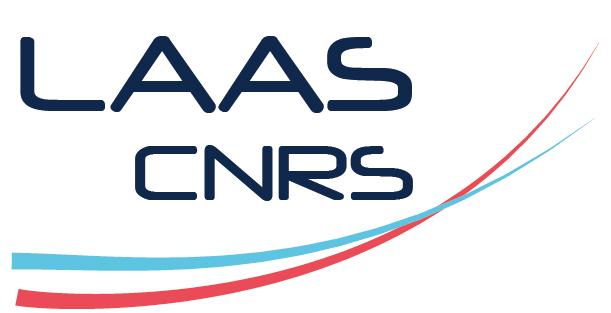Ignition and Combustion Characteristics of Al/TiB 2 -Based Nanothermites: Effect of Bifuel Distribution
Résumé
Aluminum has demonstrated compelling attributes over decades of research, encompassing affordability, abundance and a high specific energy density when utilized as a fuel in energetic materials such as nanothermites. However, combustion performance of Al suffers from its high ignition point and sintering tendency, the latter being hypothesized to be the rate-limiting step in Al-based nanothermite combustion. Herein, we examine the influence of nano-TiB2 addition on the ignition and combustion properties of CuO/Al by adjusting the Al-TiB2 binary fuel distribution. Magnetron sputtered CuO/Al-TiB2 multilayers were prepared and their ignition and combustion characteristics were studied. It was found that all configurations of CuO/Al-TiB2 system outperform CuO/Al. Notably, 62.5% loading demonstrated the most significant improvement in the ignition delay, with a decrease of ~ 100%. Furthermore, each nano TiB2-loaded CuO/Al thermite exceeded the propagation rate of CuO/Al by a factor of 2. Differential scanning calorimetry, high-speed videography, spectroscopy and microscopy were instrumental in elucidating the factors contributing to this improvement and understanding the role of TiB2. While a low temperature TiB2 oxidation contributed to shorter ignition delays, the combustion characteristics were found to be highly controlled by heterogeneous gas-condensed phase reaction rather than the flame temperature and materials’ thermal properties. This study demonstrates that the addition of nano-TiB2 to Al-based thermites holds a significant potential in the applications where it is necessary to either lower or finely tune the ignition times. From a manufacturing perspective, this integration technique provides a straightforward approach to enhance the ignition and combustion performance CuO/Al nanothermites.
| Origine | Fichiers produits par l'(les) auteur(s) |
|---|

